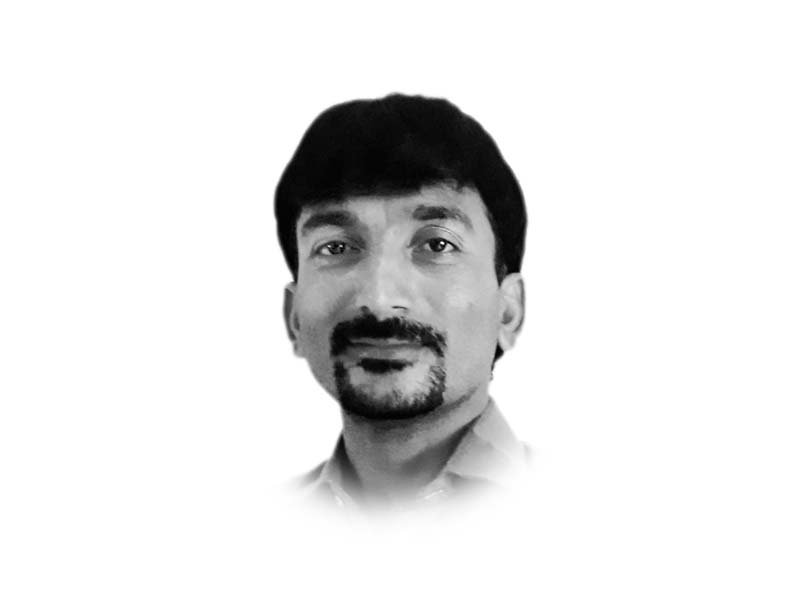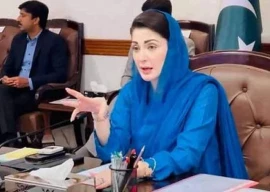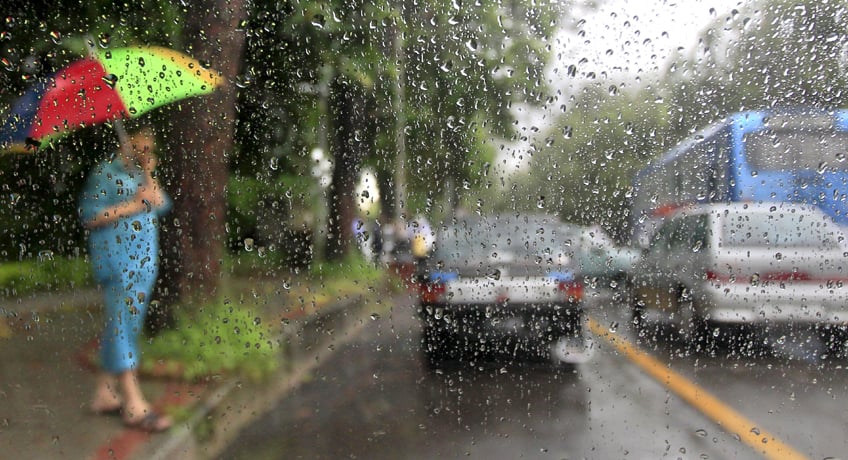
For those who are searching for a better quality life, urbanisation is a great opportunity. Therefore, people from rural areas migrate to cities to escape poverty and lack of opportunities. Urbanisation, no doubt, means transformation, globalisation and graciousness, if managed and planned properly.
The major historical discoveries, innovations and technological developments have been initiated in cities. The city phenomenon has given birth to these ideologies: democracy, neoliberalism, capitalism, industrialism and many other political, socio-economic and cultural. A large amount of fiscal and monetary undertakings materialise in cities. The metropolises are the centres of social flexibility and commercial marketisation.
Pakistan is a poor country. It stands at number six on the world’s growing population index. For the last two decades, millions of people from rural areas have migrated to cities in pursuit of decent and dignified life. The intensifying urbanisation peril has made cities stunted, overcrowded and devoid of basic amenities. They are not planned properly in sanitation and sewerage, giving way to air, water, noise and plastic pollution at large. This has also led to challenges of resources distribution and management.
As cities grow, slums proliferate that set off a plethora of water, sanitation and health problems. Thus, industrial waste and sewage contaminate water sources further leading to high fluoride and arsenic contents, which trigger off epidemics. Recent studies have revealed that high levels of nitrates and chlorides are found in water sources of Karachi and in many other urban centres that trigger water-borne diseases.
It seems too hard, for the government, even to manage a small town with a maximum of 0.3 million population. Then, how is it possible to plan and manage big urban cities such as Karachi, Lahore, Islamabad and Quetta? Karachi’s population alone has grown by 9.3 million since the 1998 census to 14.9 million in 2017, while Lahore grew by 75.3 per cent.
The urban population of other main cities of Pakistan are — Hyderabad’s total population is 2.2 million out of which 1.83 million live in urban areas; Peshawar 4.3 million of which 2.23 million people reside in urban settlements; and Quetta 2.23 million of which 1.3 million people live in urban areas.
It is a common notion that economies rarely grow without their cities growing. But urbanisation has its ‘dark side’ too. According to a UN survey, a vast majority of policymakers resists urbanisation rather than welcome it. They are of the idea that the increasing urban tide should be stopped and people may return to rural areas. This disaffection with urbanisation reflects more than just nostalgia for simpler times.
To control escalating urbanisation, the ruling Pakistan Tehreek-e-Insaf government needs to boost Pakistan’s rural economy, bring high efficient irrigation system, reform the agriculture sector and manage water scarcity. Besides, in towns and cities, small industrial units should be promoted to generate additional economic activities.
At the level of union councils and tehsils, people should have opportunities to venture into profitable businesses. Entrepreneurship and vocational education need to be provided and promoted, especially for females. Sharecroppers and farmers of rural areas need to be linked with markets to sell their produce at profitable rates.
In addition, schools for farmers ought to be opened to give information about contemporary irrigation and agriculture practices and methods. The rural youth should be engaged in skills-based training such as plumbing, driving, tailoring, carpentry, masonry, mobile repairing, and motorbike and car repairing.
Published in The Express Tribune, January 17th, 2019.
Like Opinion & Editorial on Facebook, follow @ETOpEd on Twitter to receive all updates on all our daily pieces.



















COMMENTS
Comments are moderated and generally will be posted if they are on-topic and not abusive.
For more information, please see our Comments FAQ